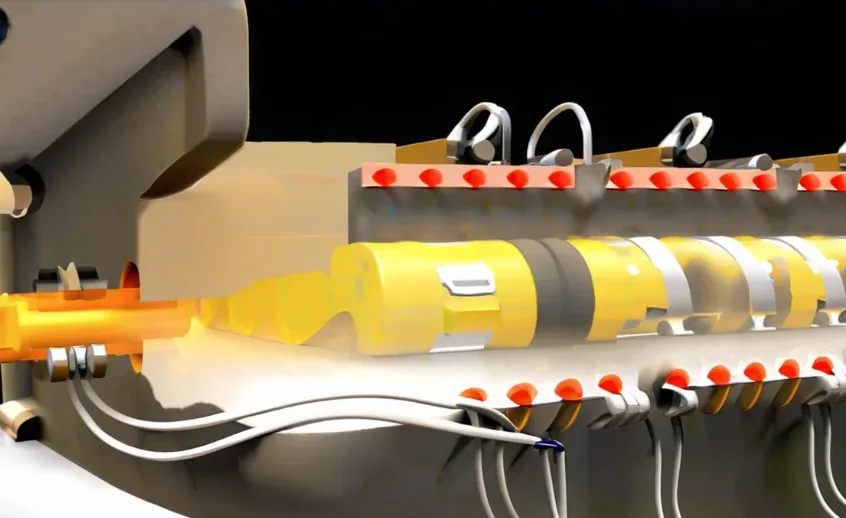Optimized Blog: Silicone Mold Making Process for Prototyping and Production
Silicone is widely recognized for its excellent simulation accuracy, high strength, and extremely low shrinkage rate. Its flexibility, durability, and ease of processing make it an ideal material for creating soft molds in rapid prototyping and small-batch production. The mold-making process requires no special equipment, and molds can typically be completed within a few hours at room temperature.
Silicone molds offer numerous advantages:
They can be reused many times even under rough handling.
They maintain tight tolerances and replicate fine details accurately.
They can directly replicate complex geometries, eliminating secondary machining processes like milling or grinding.
Demolding is simple and efficient, shortening the development cycle.
Mold modifications are easy to implement, making the process agile and cost-effective.
Because of their elasticity, silicone molds are especially suitable for intricate features such as fine textures, deep grooves, negative drafts, and undercuts—areas where rigid molds would struggle.
Below is a step-by-step guide to the silicone mold-making process:
1. Surface Treatment of the Master Model (Shouban Prototype)
Rapid prototyping (RP) models typically exhibit layering marks, surface steps, or micro-gaps due to the additive process. To ensure a high-quality silicone mold:
Polish the surface to remove defects.
Apply anti-seepage and surface-strengthening treatments to improve moisture and heat resistance.
A smooth master model surface ensures that the resulting silicone mold has low roughness, enabling easier demolding and better product finish.
2. Building the Mold Frame and Securing the Master Model
Design the mold frame (casting box) based on the size and shape of the master model and mold requirements. The box should be of moderate size to minimize silicone waste while allowing proper flow.
Before pouring:
Determine the parting line and gate position carefully, as they directly affect mold quality and ease of demolding.
Once finalized, secure the master model inside the frame in the correct orientation.
3. Silicone Measurement, Mixing, and Vacuum Defoaming
Calculate the required amount of silicone based on the mold volume and silicone density. Mix the silicone with the appropriate ratio of curing agent thoroughly.
Place the mixture in a vacuum chamber to remove entrapped air bubbles. The vacuuming time depends on the vacuum level and the material’s viscosity. Proper defoaming ensures a bubble-free mold surface and better durability.
4. Silicone Pouring and Curing
After degassing, slowly pour the silicone into the mold frame containing the fixed prototype. Use a thin, steady stream to minimize additional air bubbles.
Once poured, perform a second vacuum deaeration to eliminate any remaining air trapped in the mold cavity or around the prototype. The defoaming duration should be slightly longer than the pre-pour degassing time and based on:
The silicone’s pot life
The size and complexity of the prototype
Curing methods:
Room temperature curing is simple and takes several hours.
Heat curing significantly shortens the curing time and is preferable for urgent production needs.
5. Demolding and Final Cleanup
Once the silicone has fully cured:
Disassemble the mold frame
Cut open the mold along the designated parting line using reference marks
Carefully remove the master model (Shouban prototype)
Clean the mold cavity as needed. The finished silicone mold is now ready for vacuum casting or low-pressure injection of resin or plastic materials to produce high-quality parts.
Conclusion
Silicone mold making offers a fast, cost-effective, and highly flexible solution for prototyping and small-batch manufacturing. Its ability to replicate fine details and handle complex geometries, combined with ease of demolding and reusability, makes it ideal for accelerating product development cycles.
By following best practices in surface preparation, mold design, vacuum degassing, and curing, manufacturers can produce durable silicone molds that deliver excellent results with minimal post-processing.



